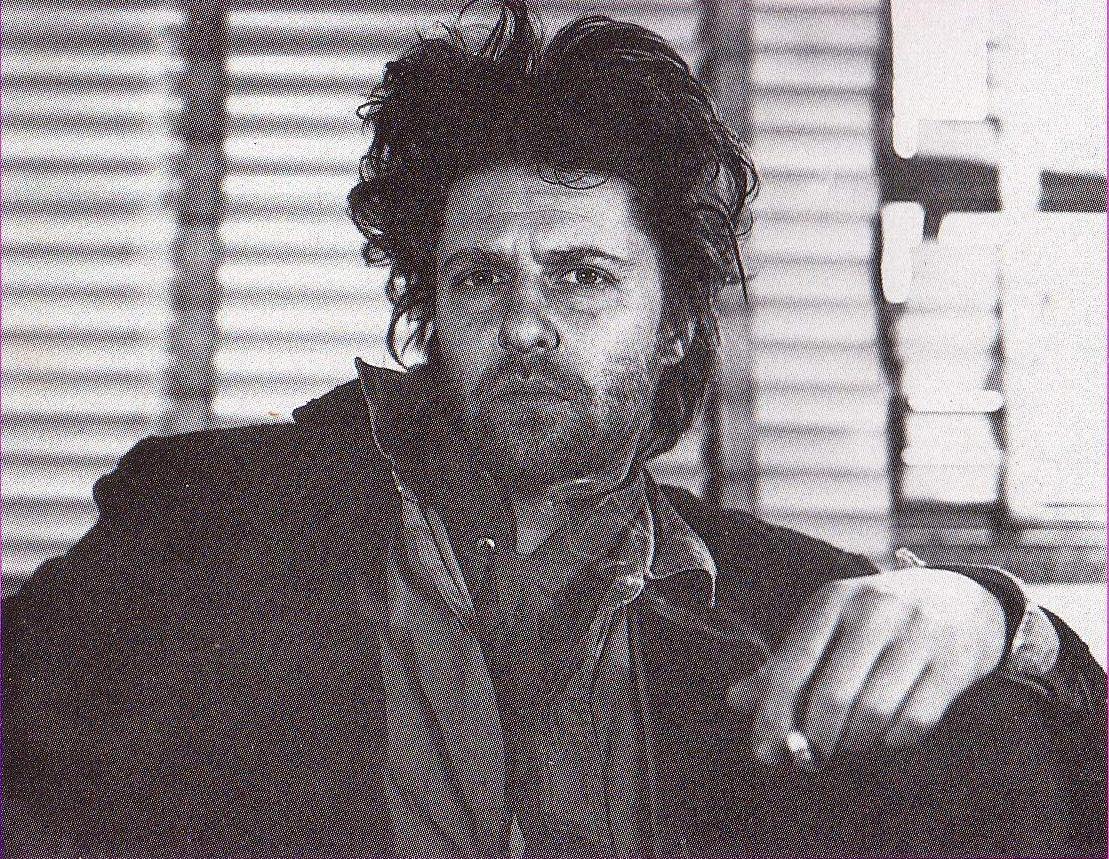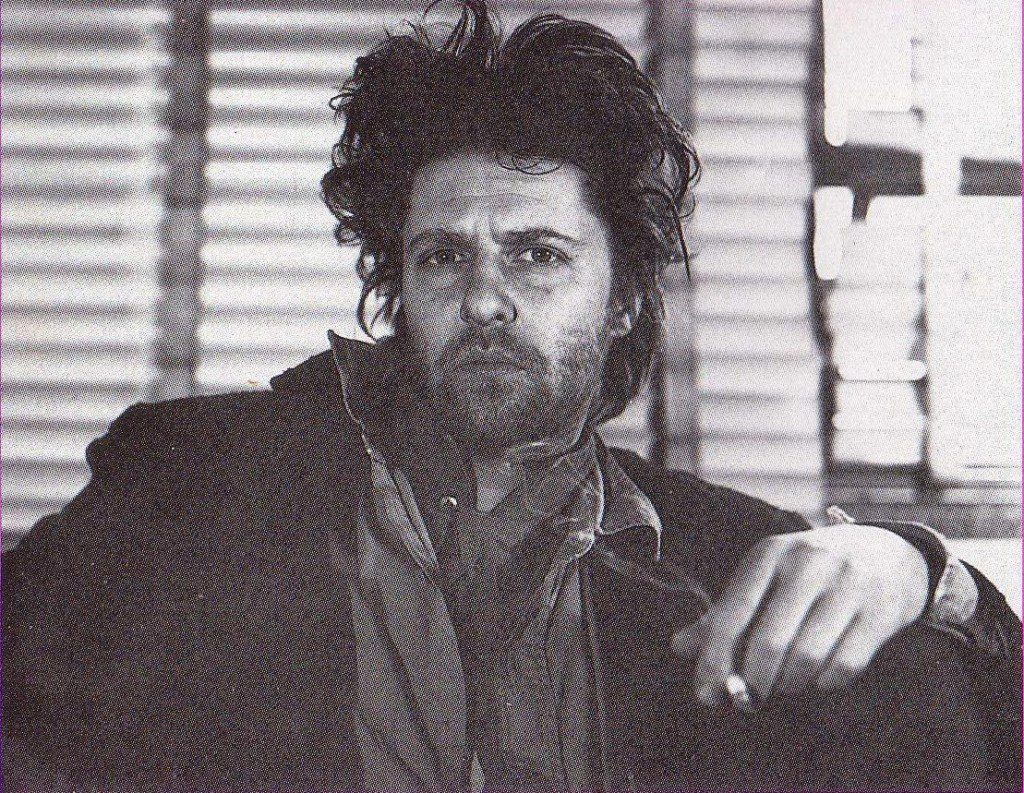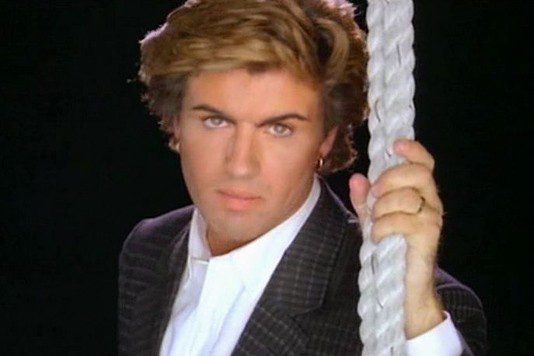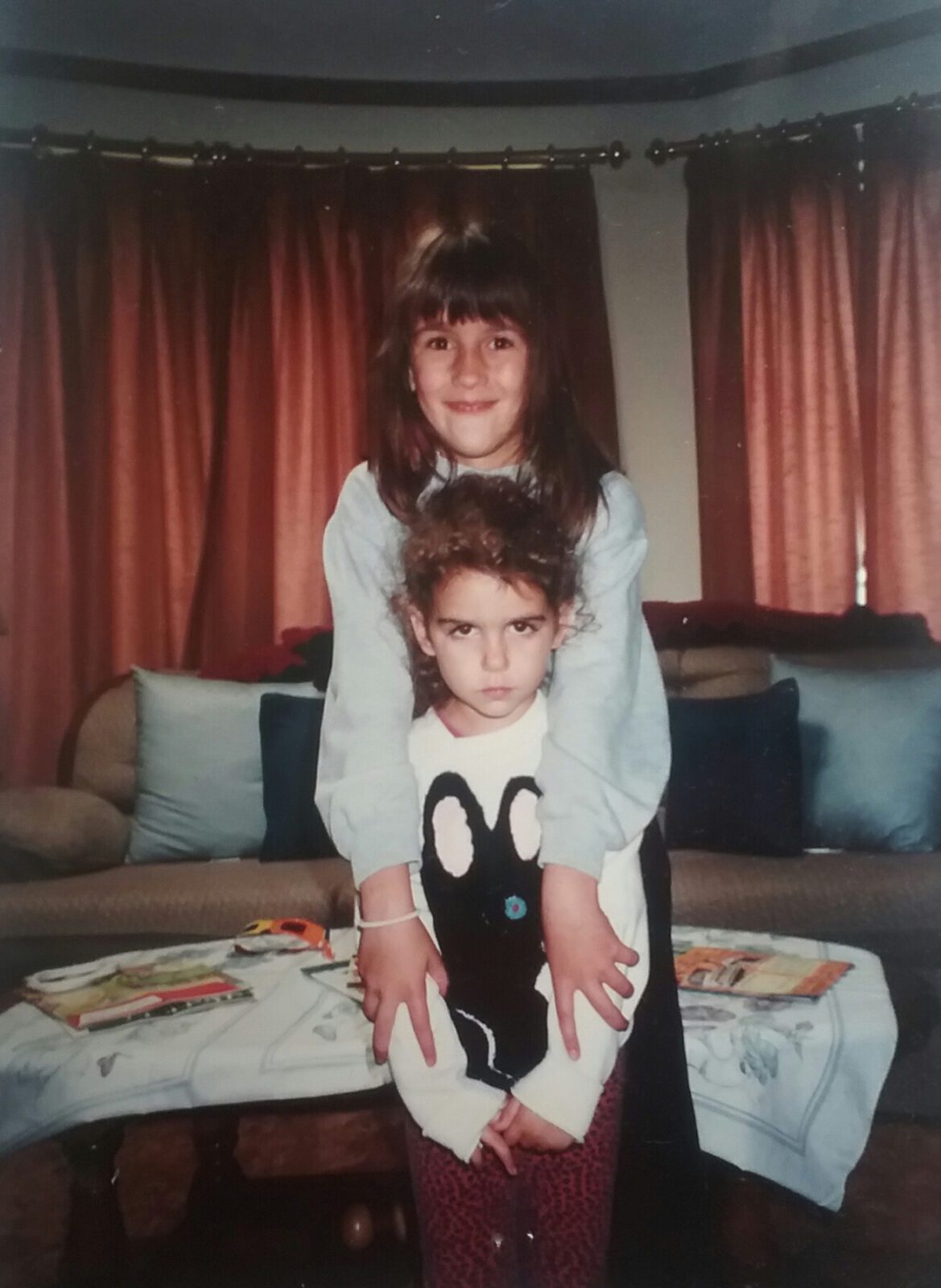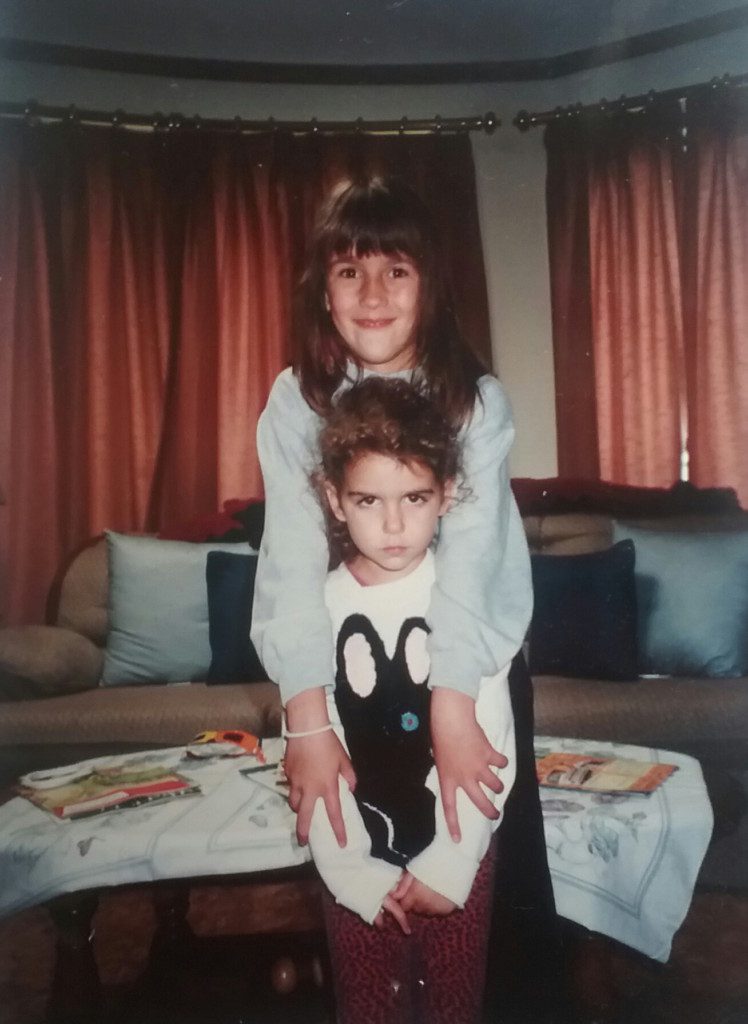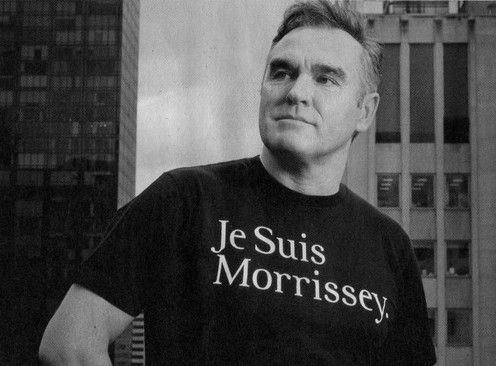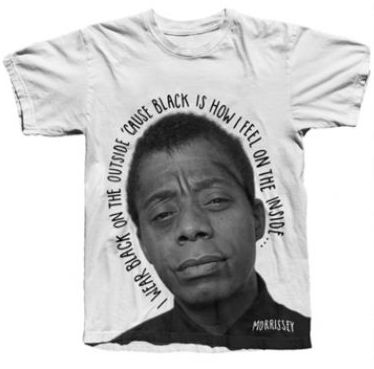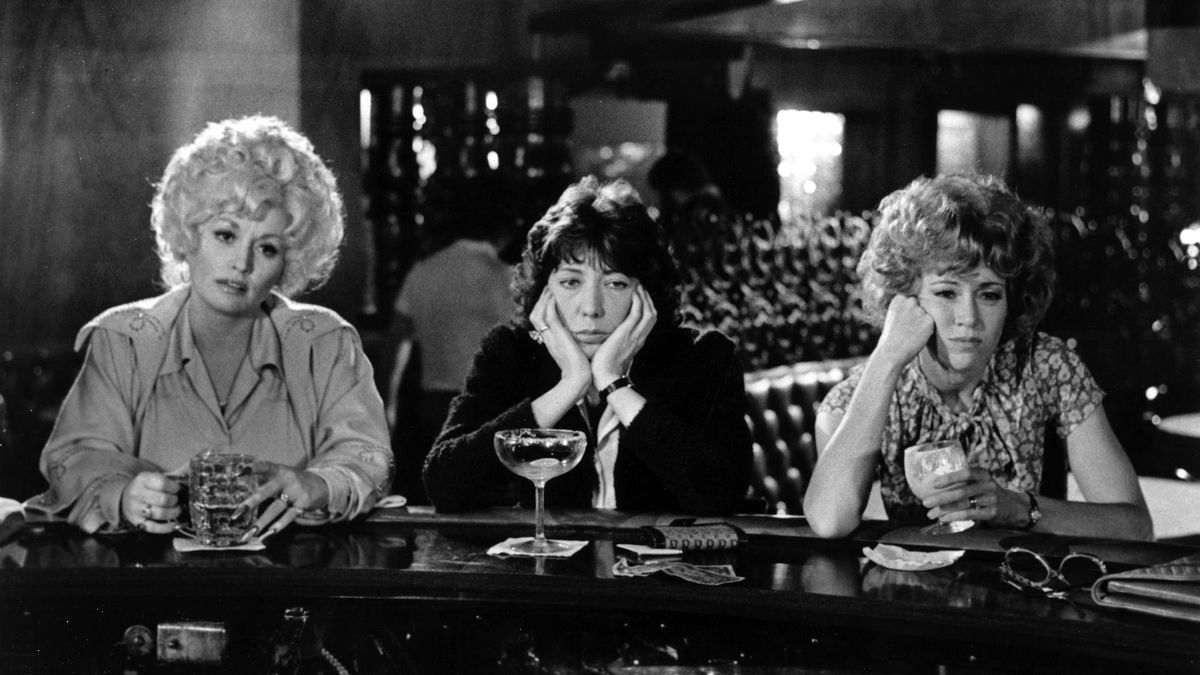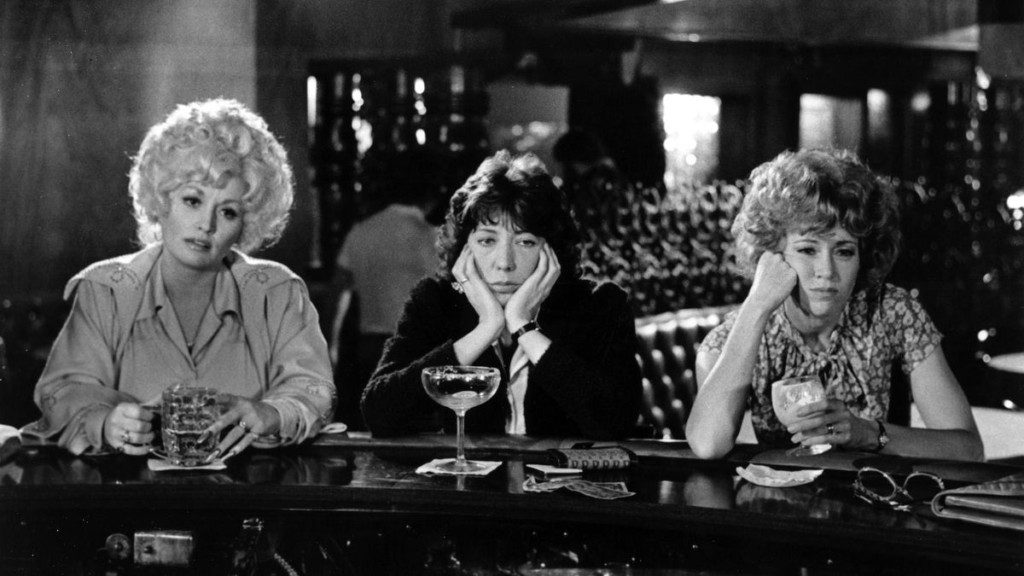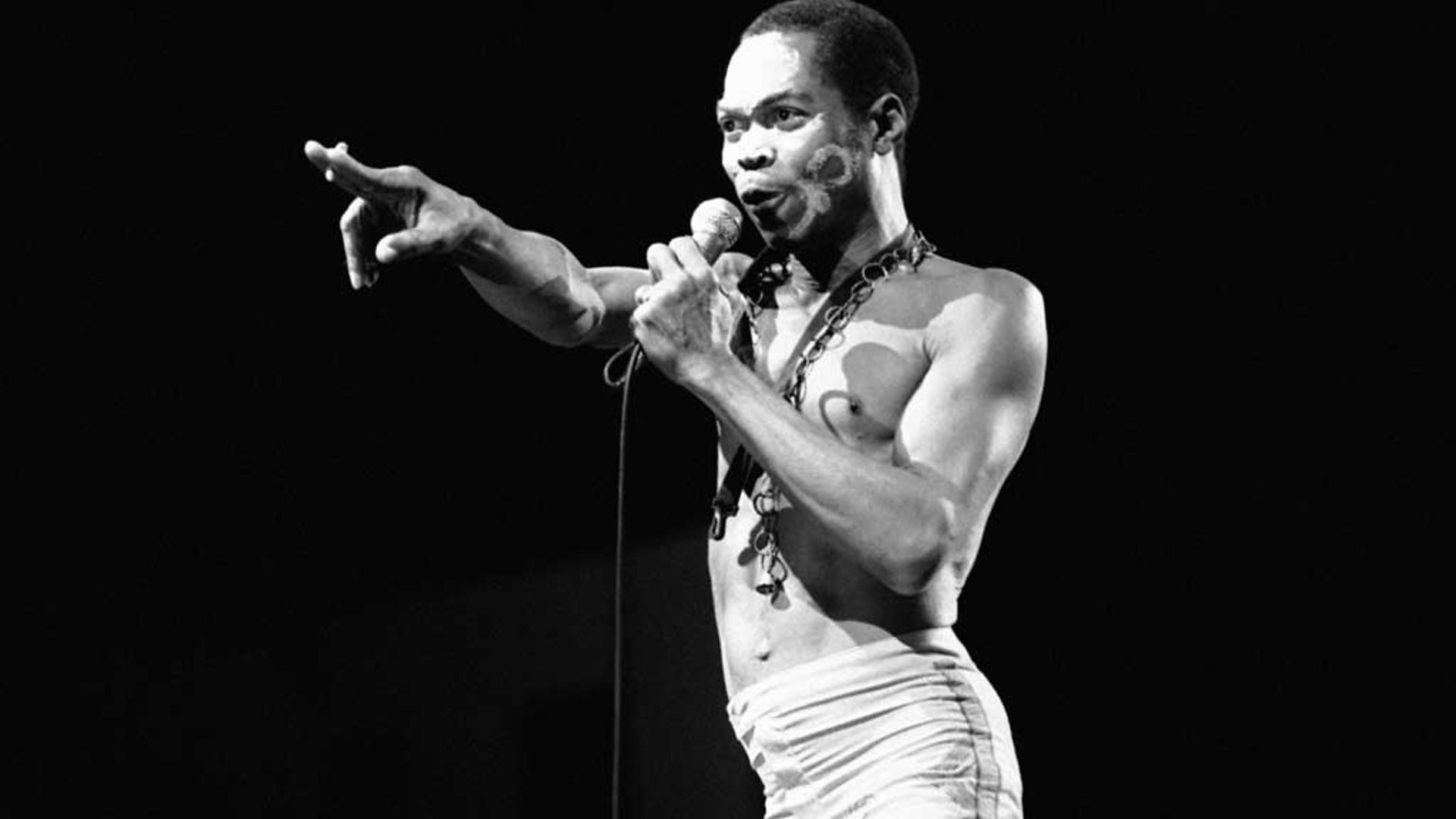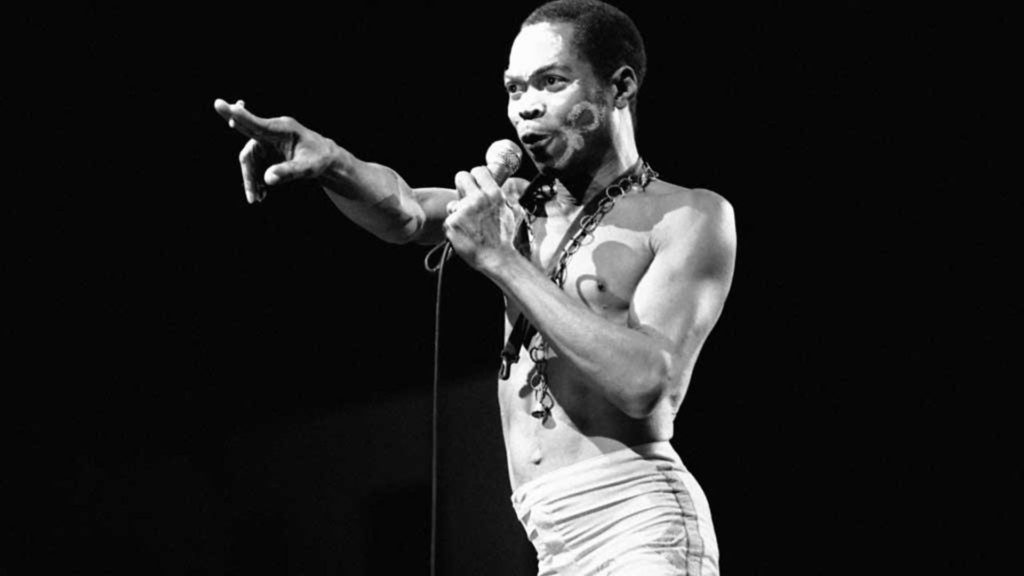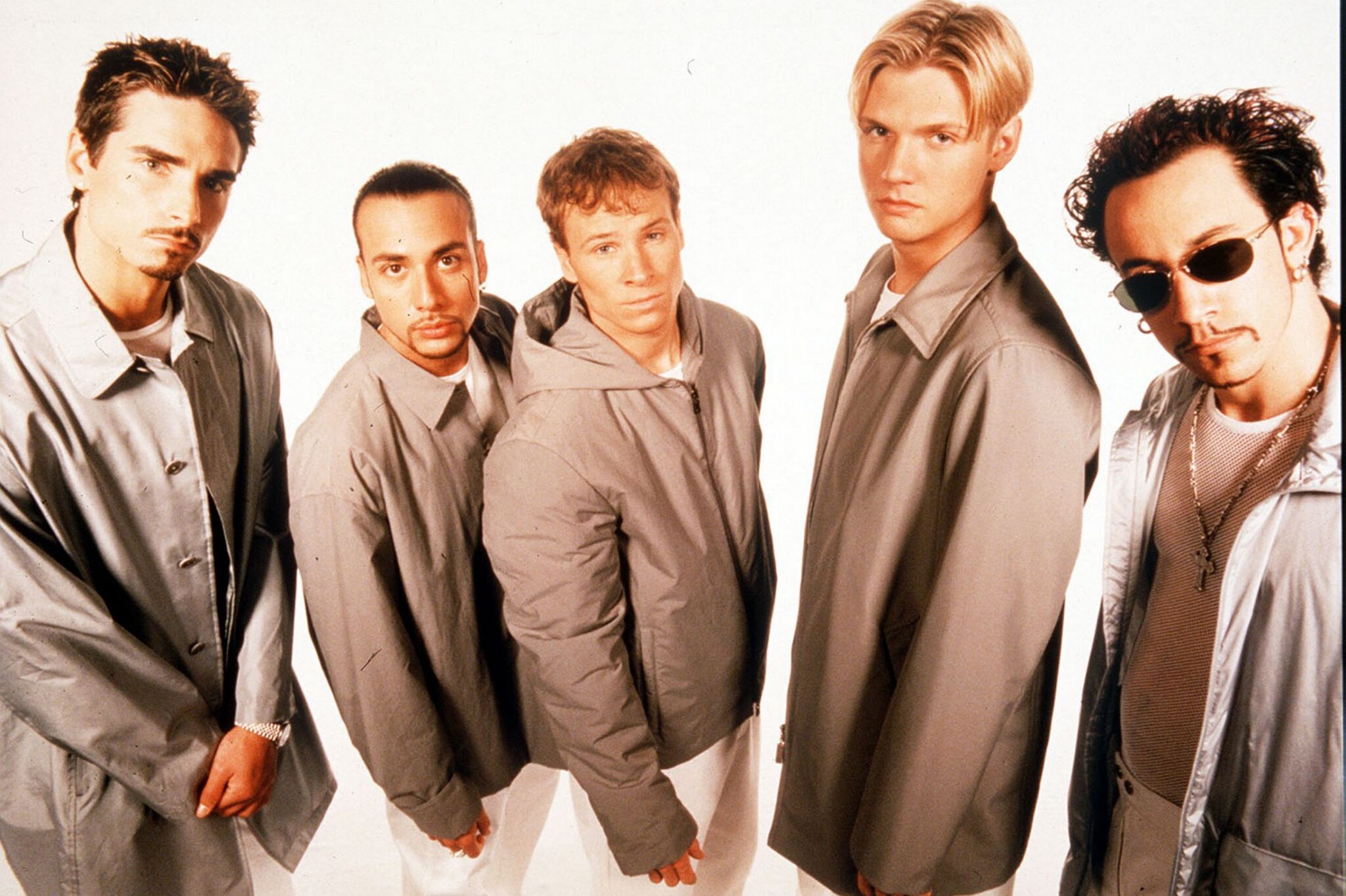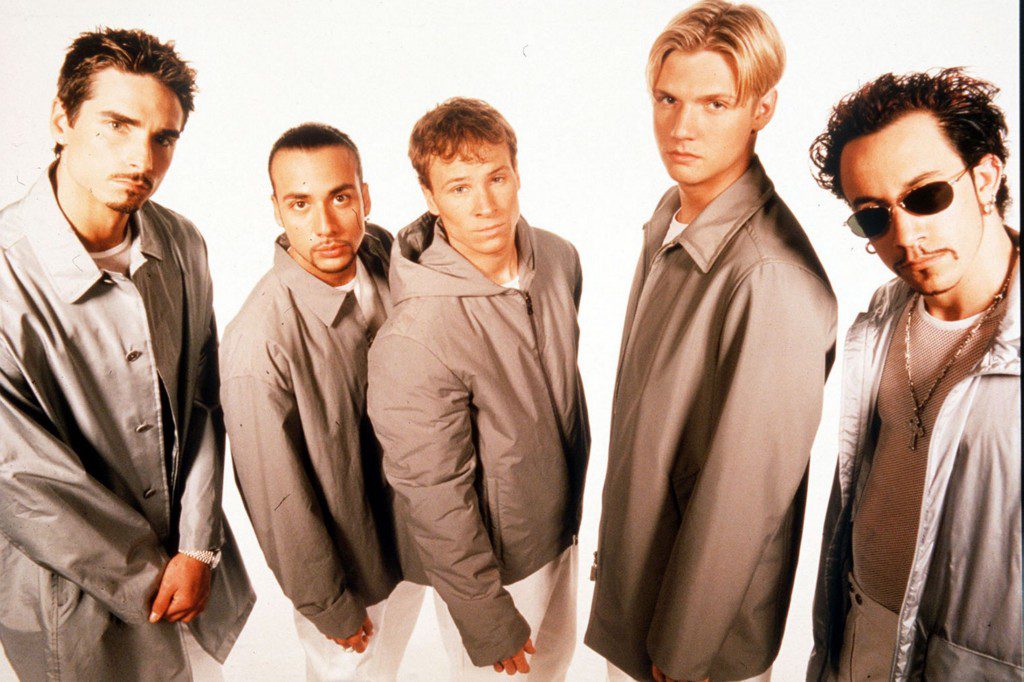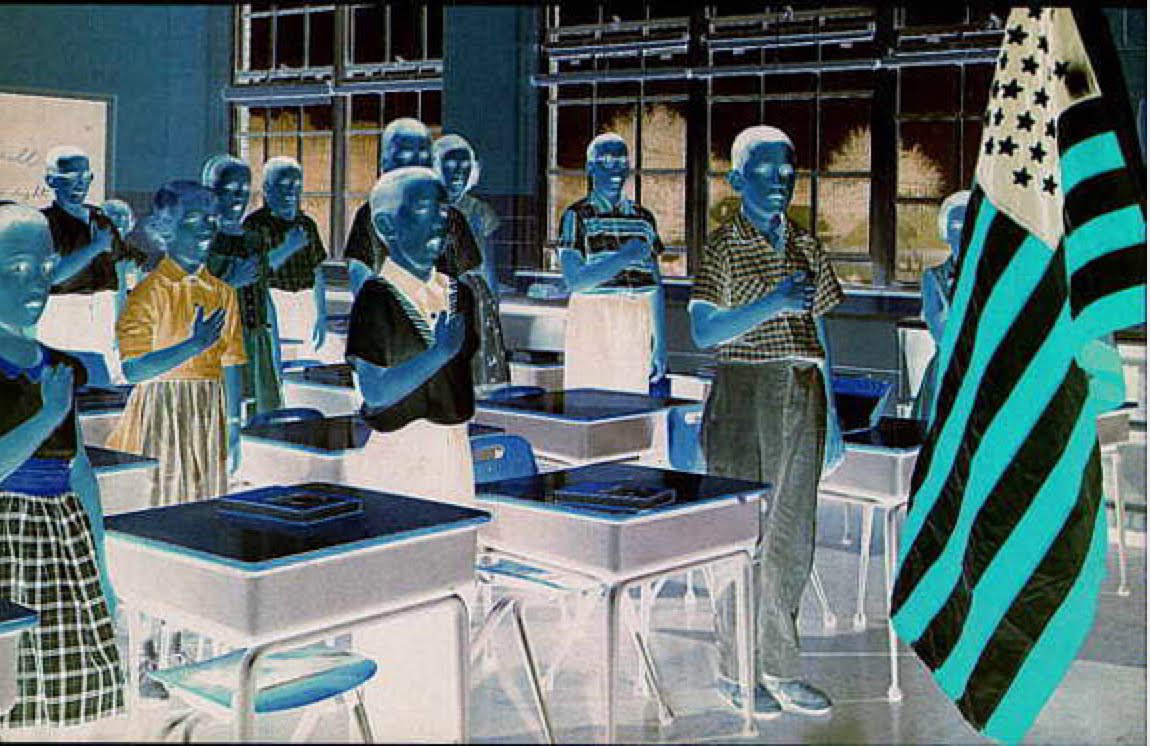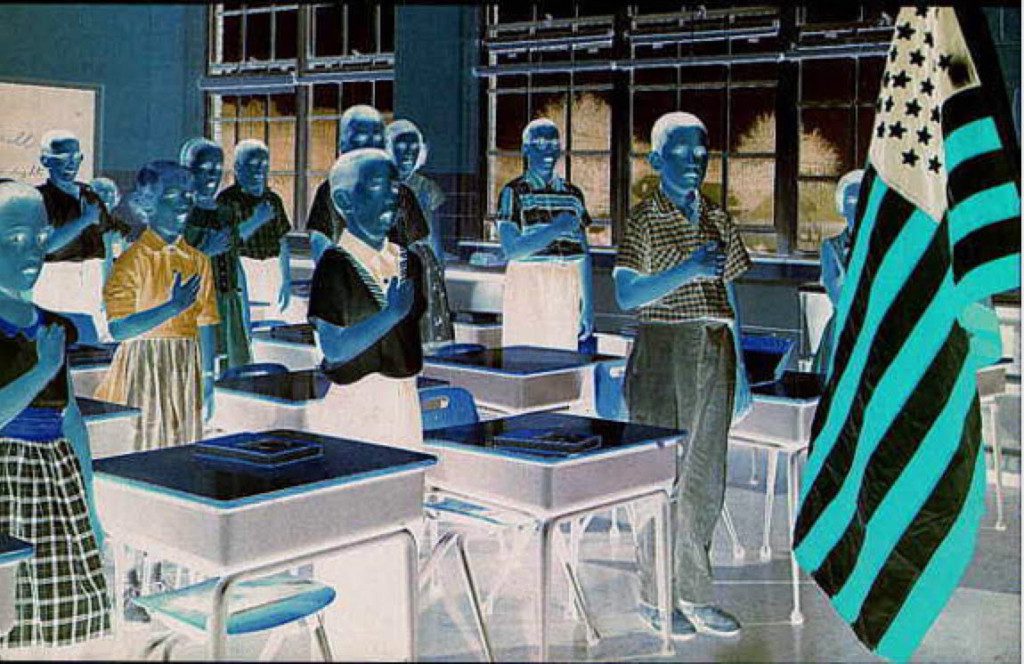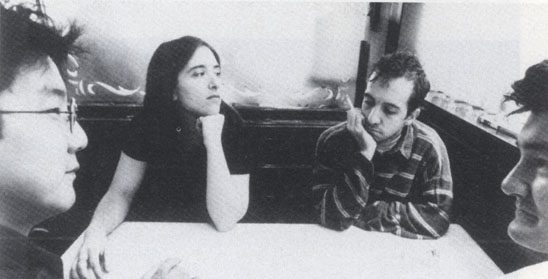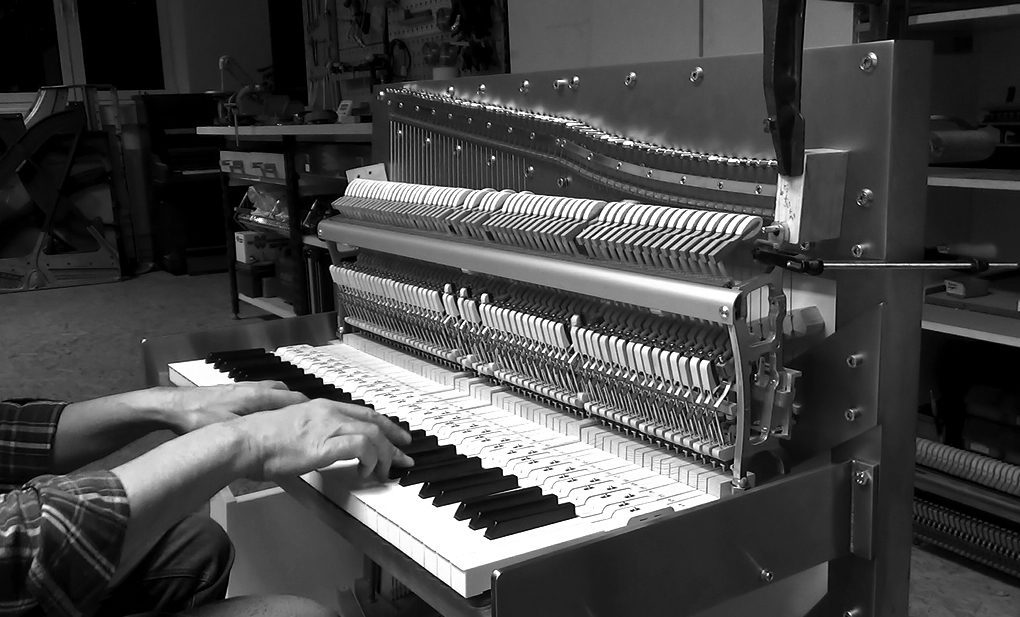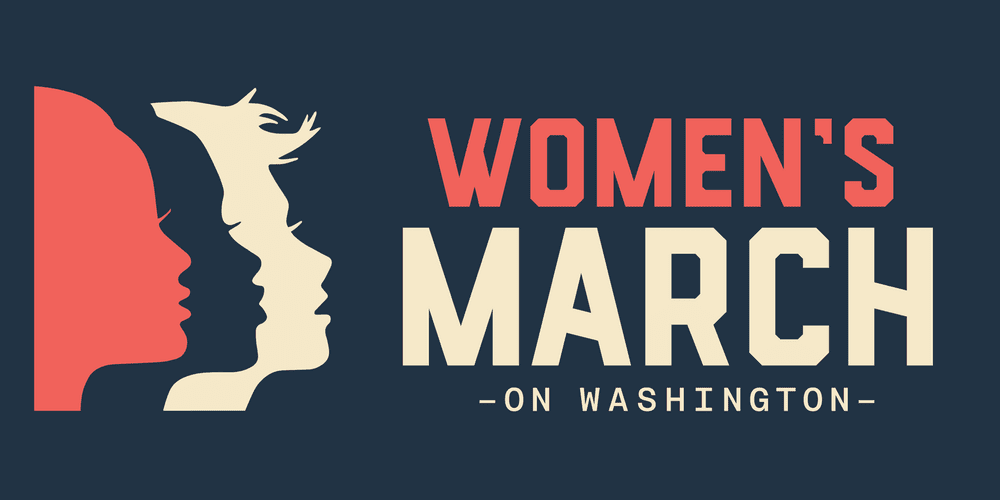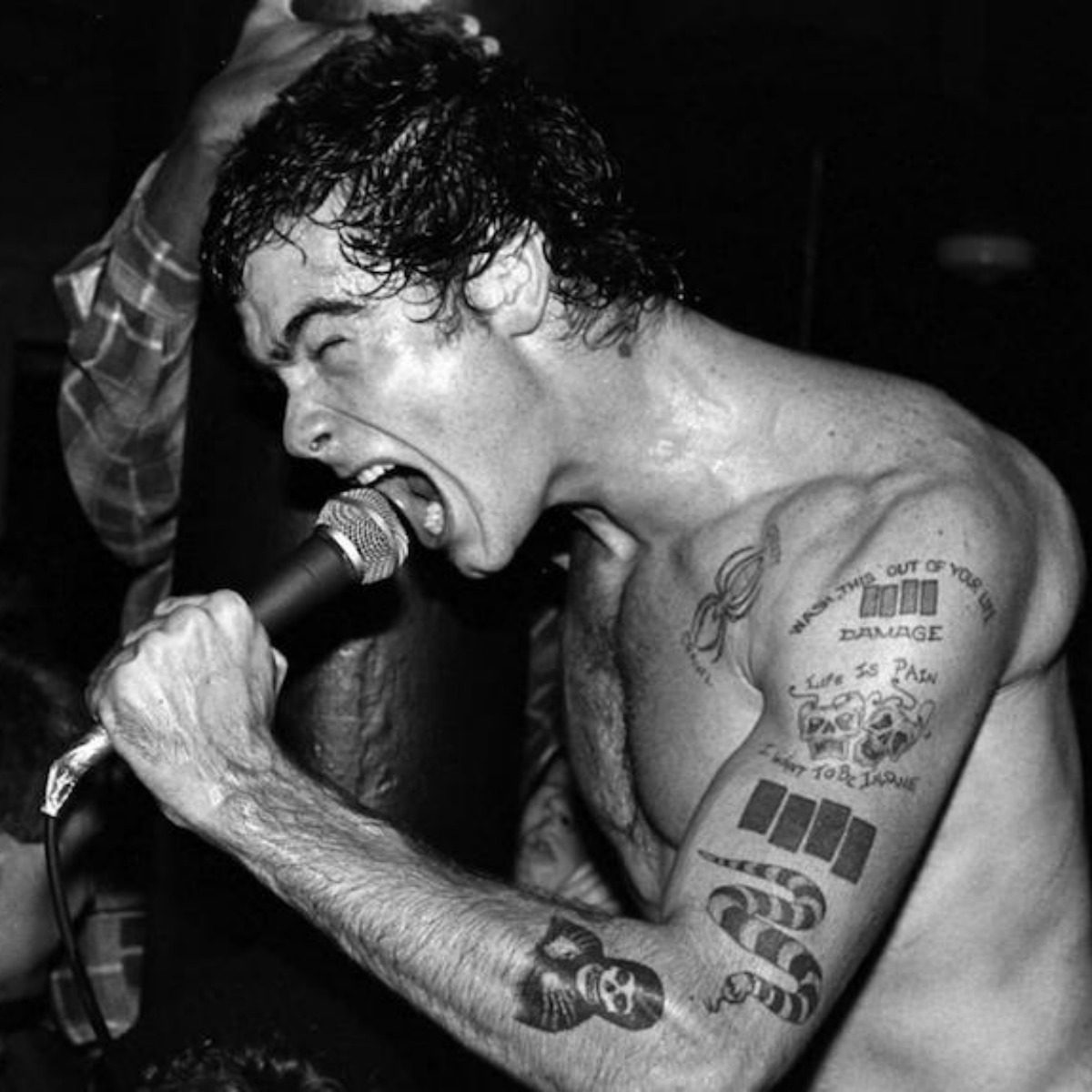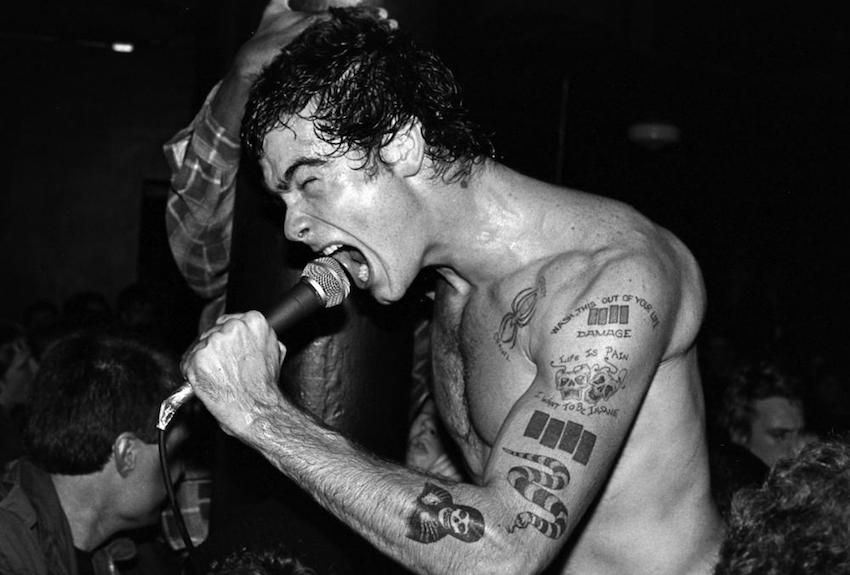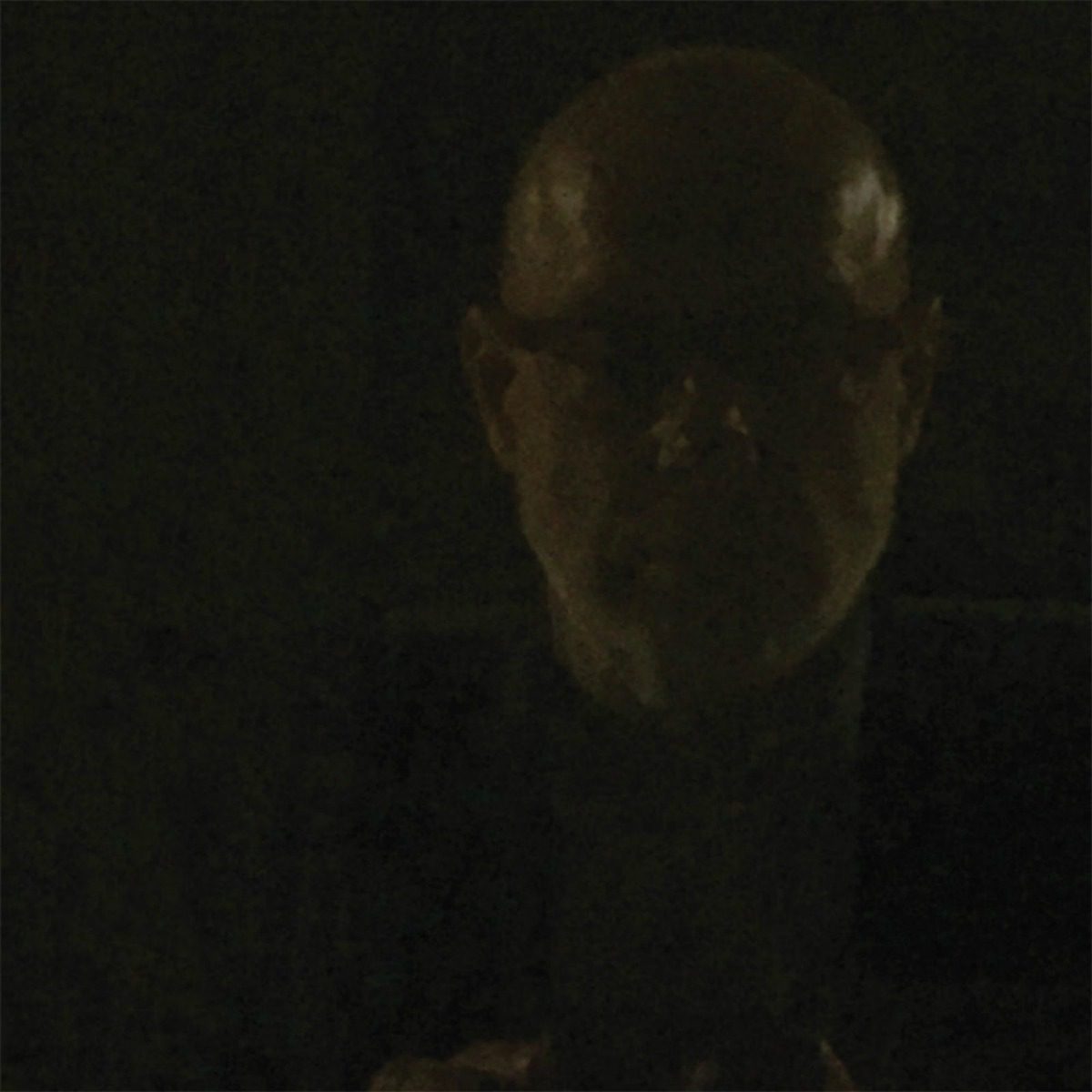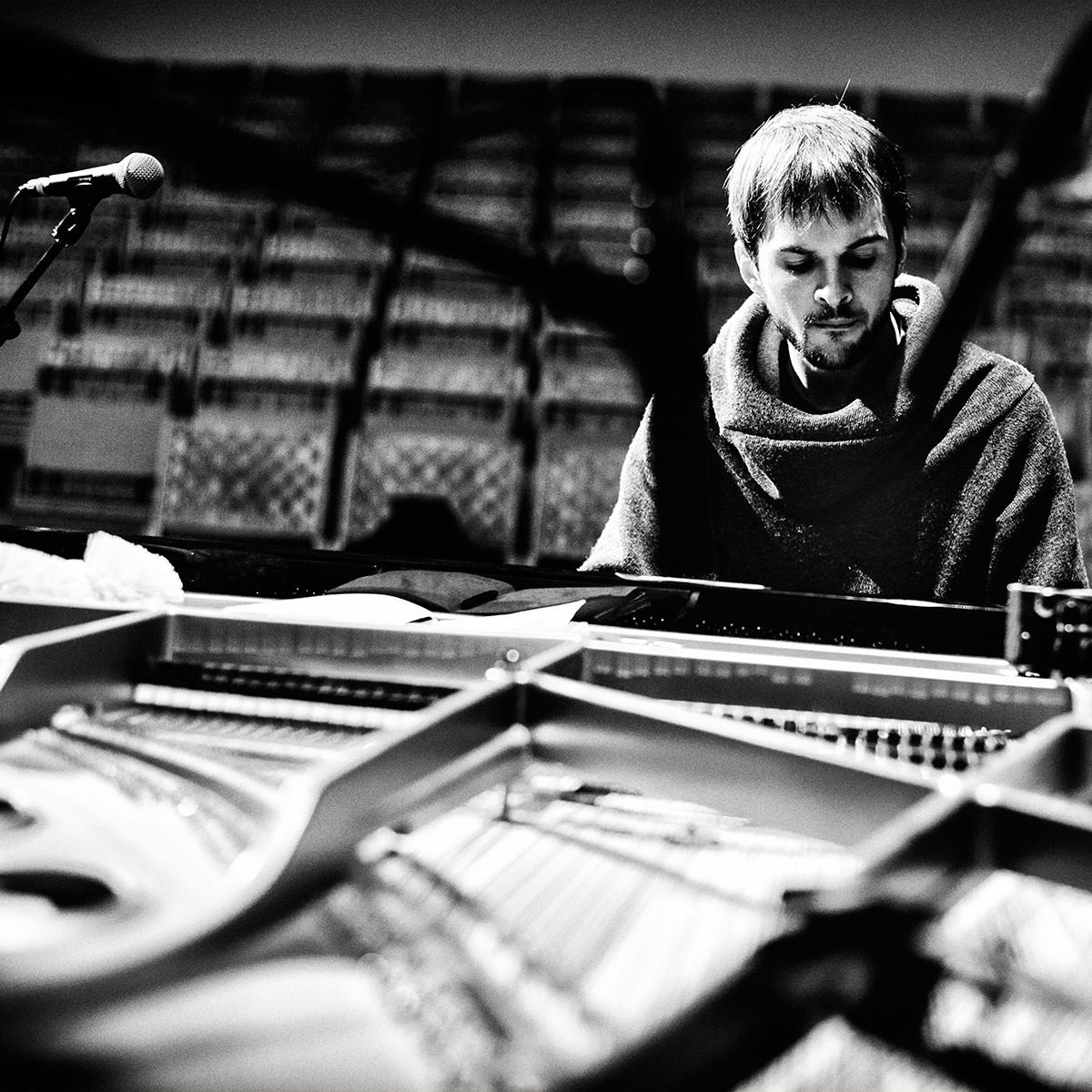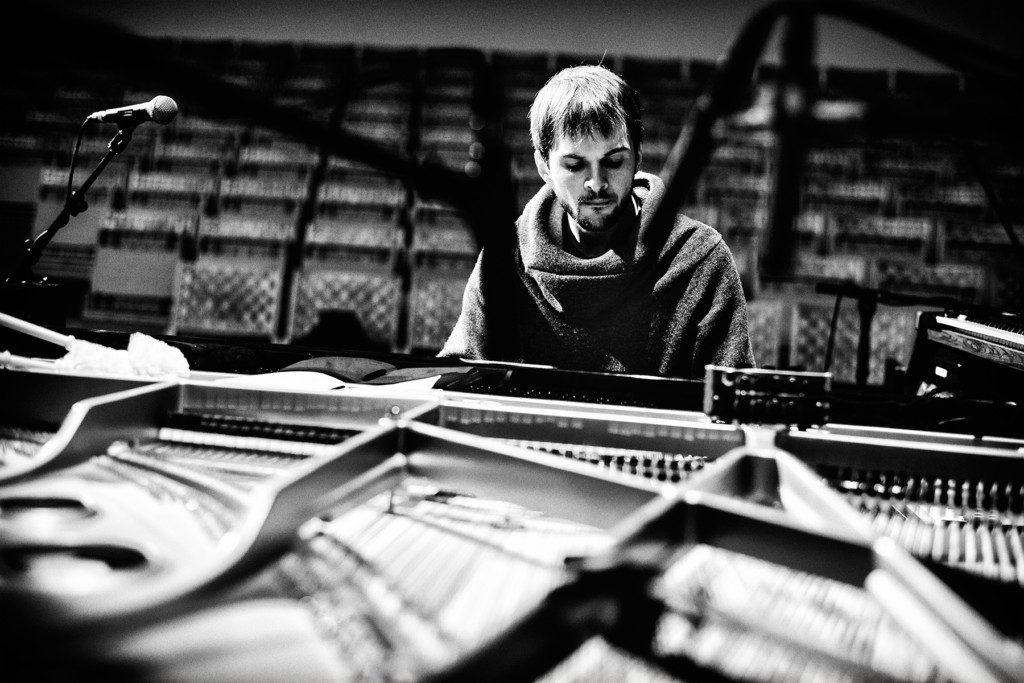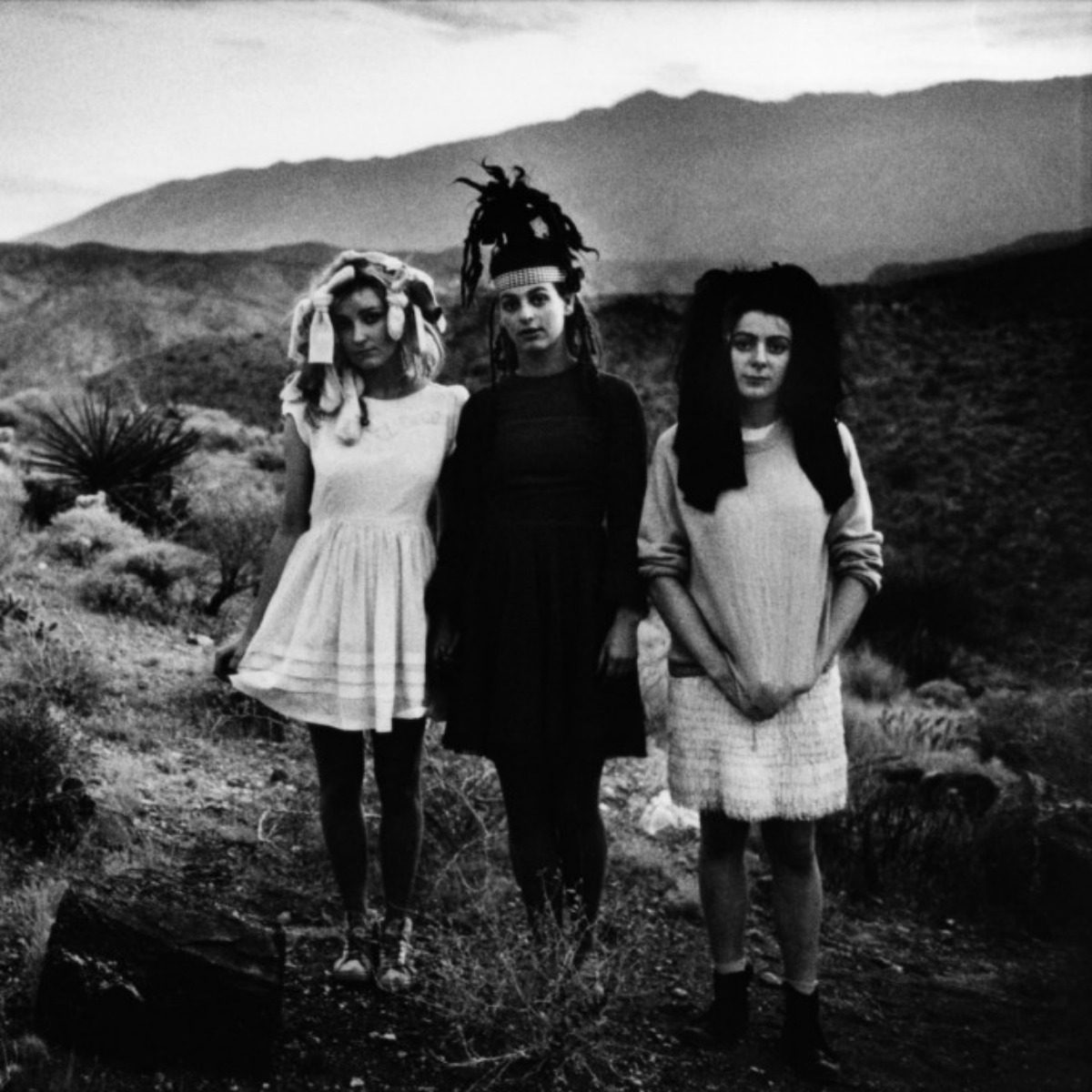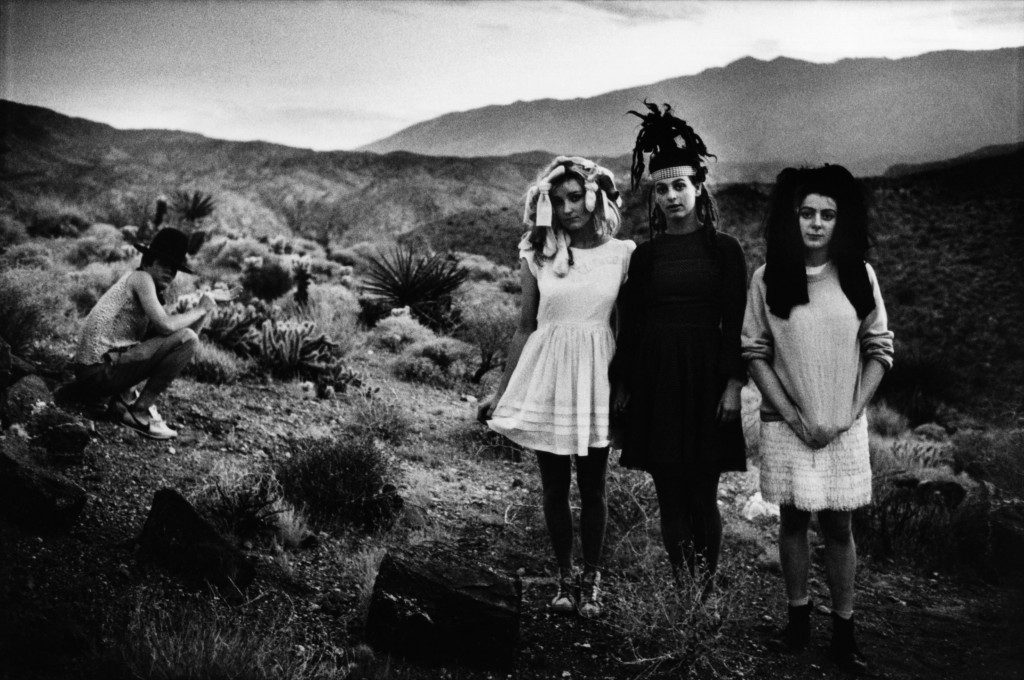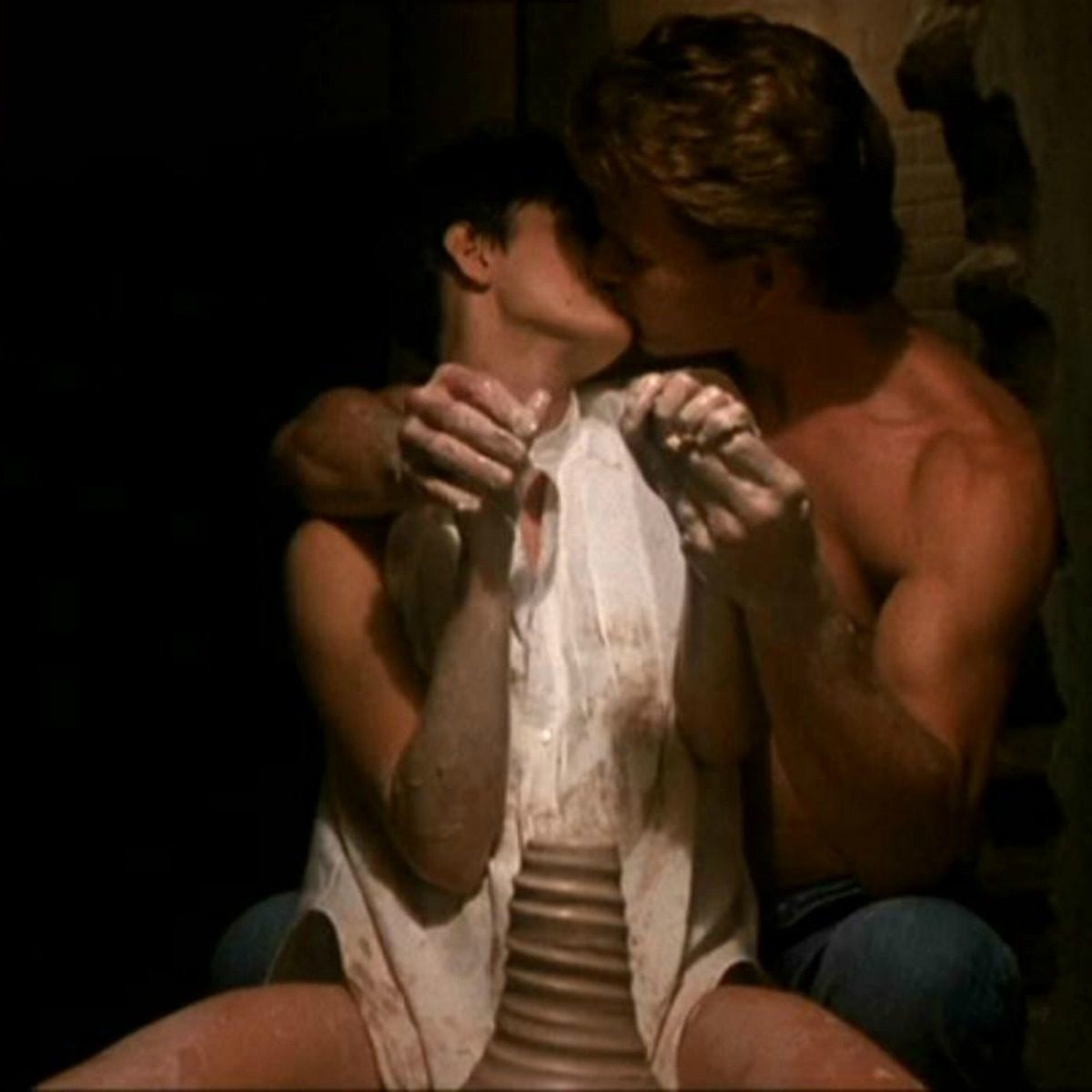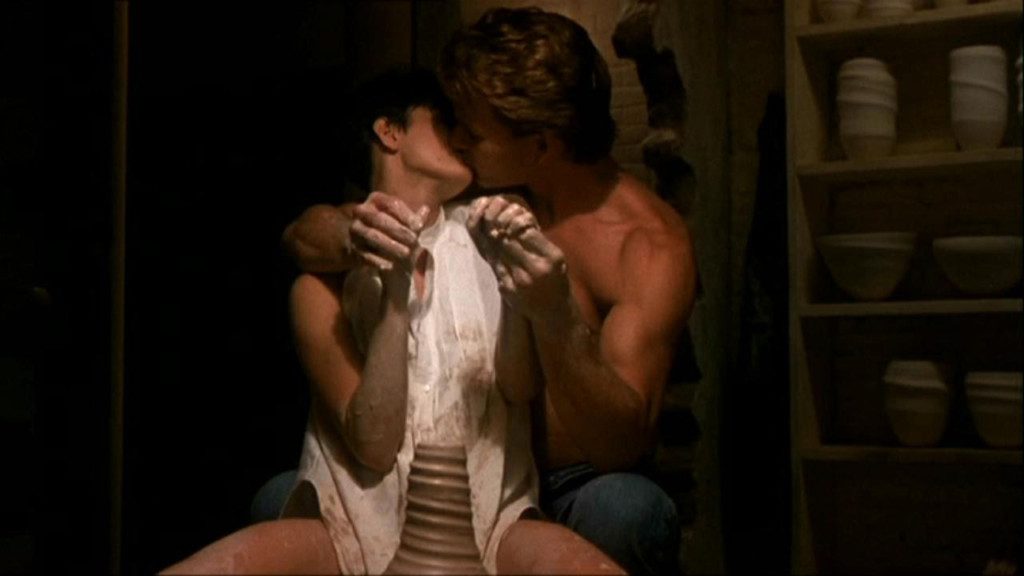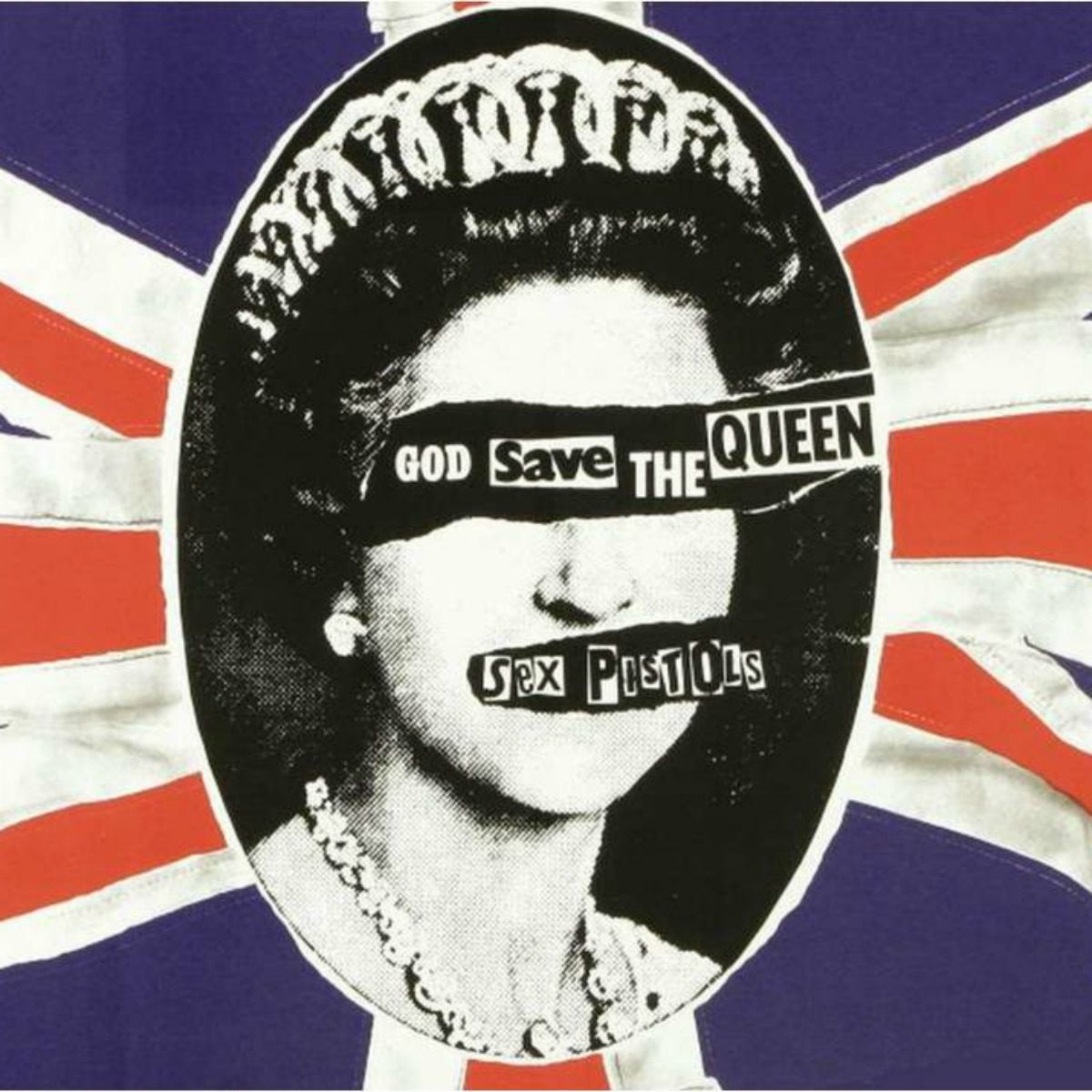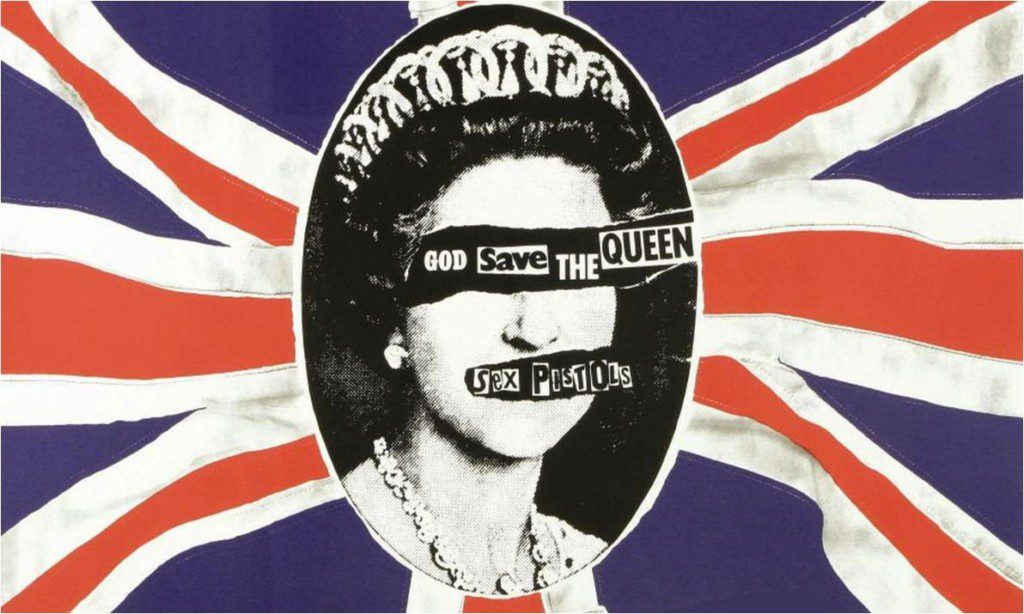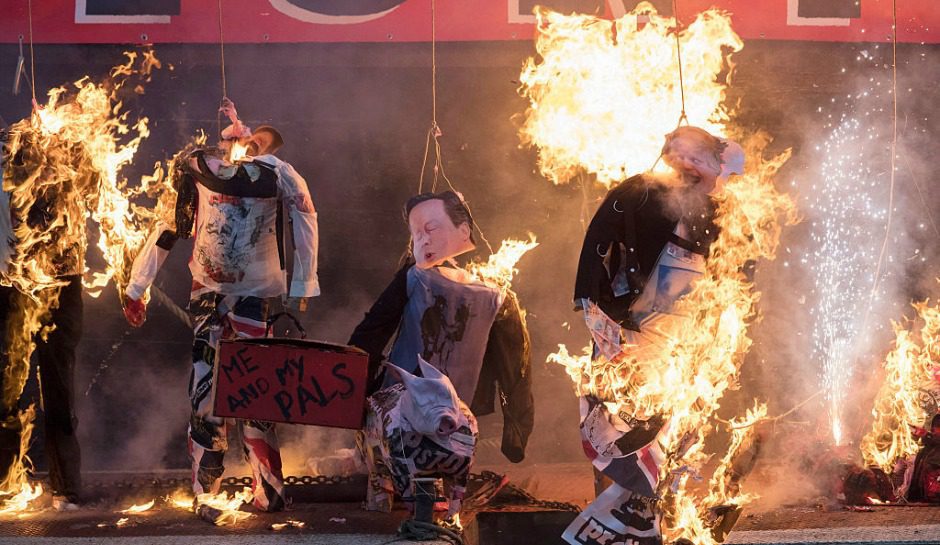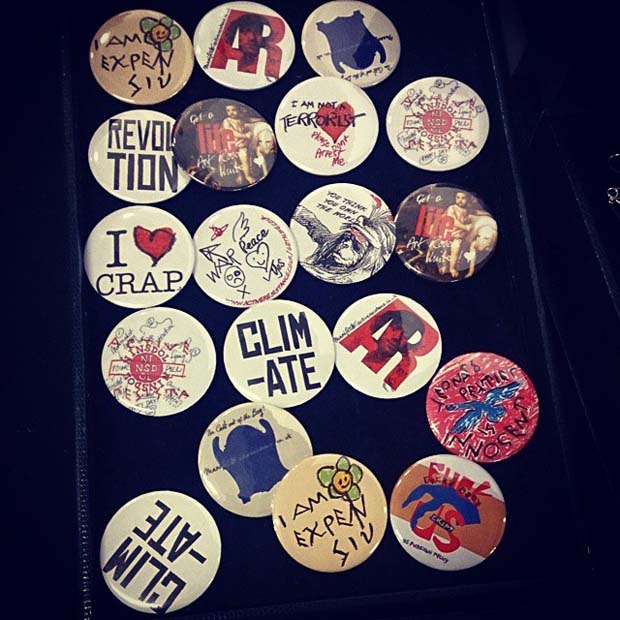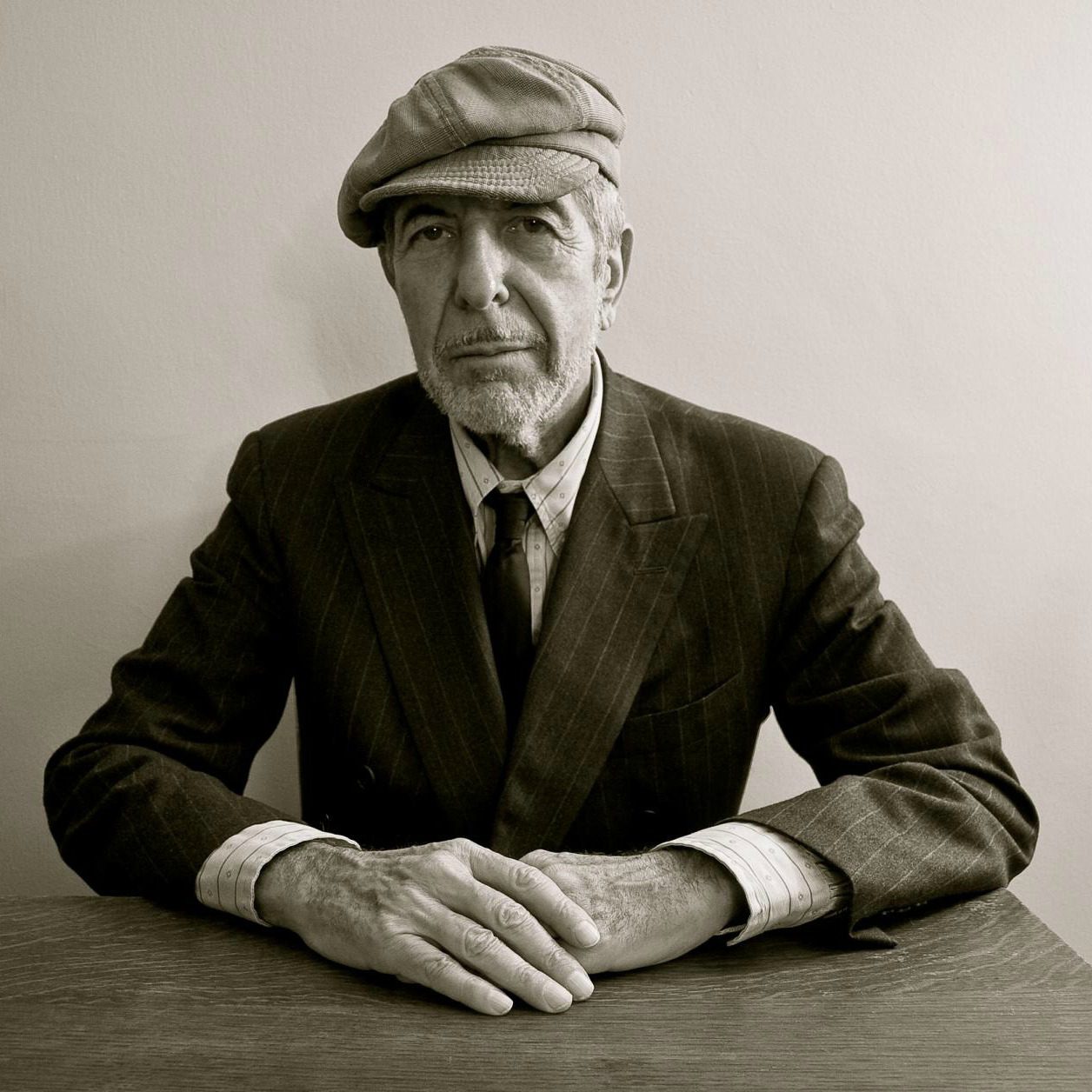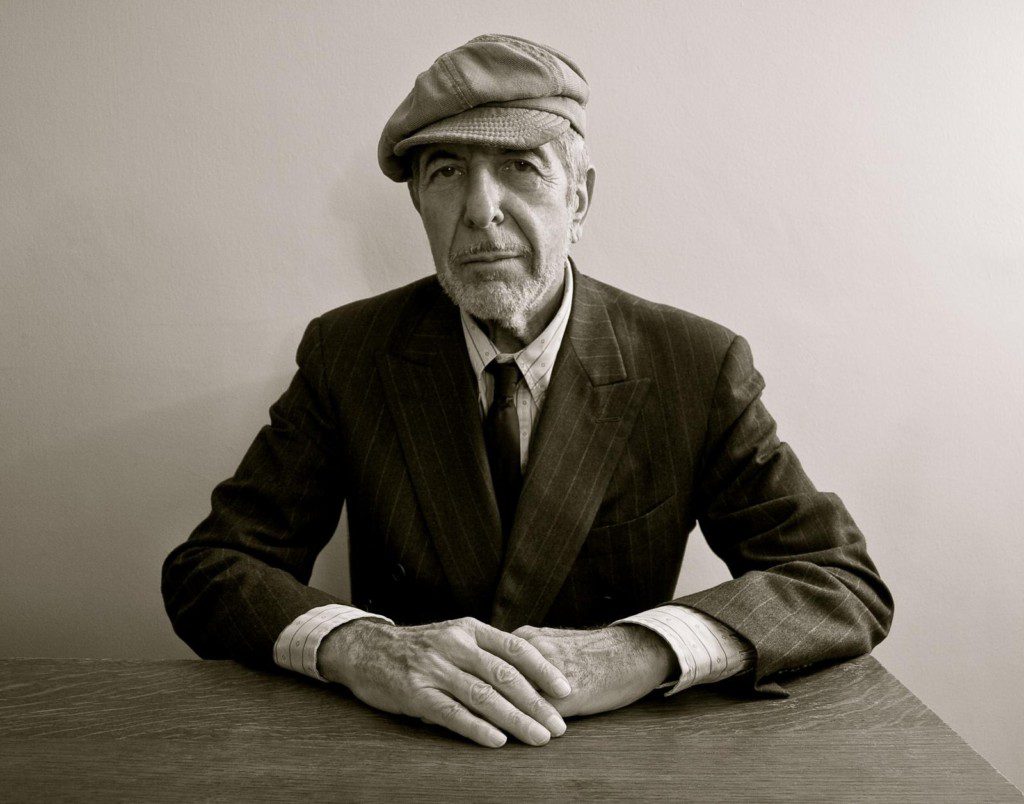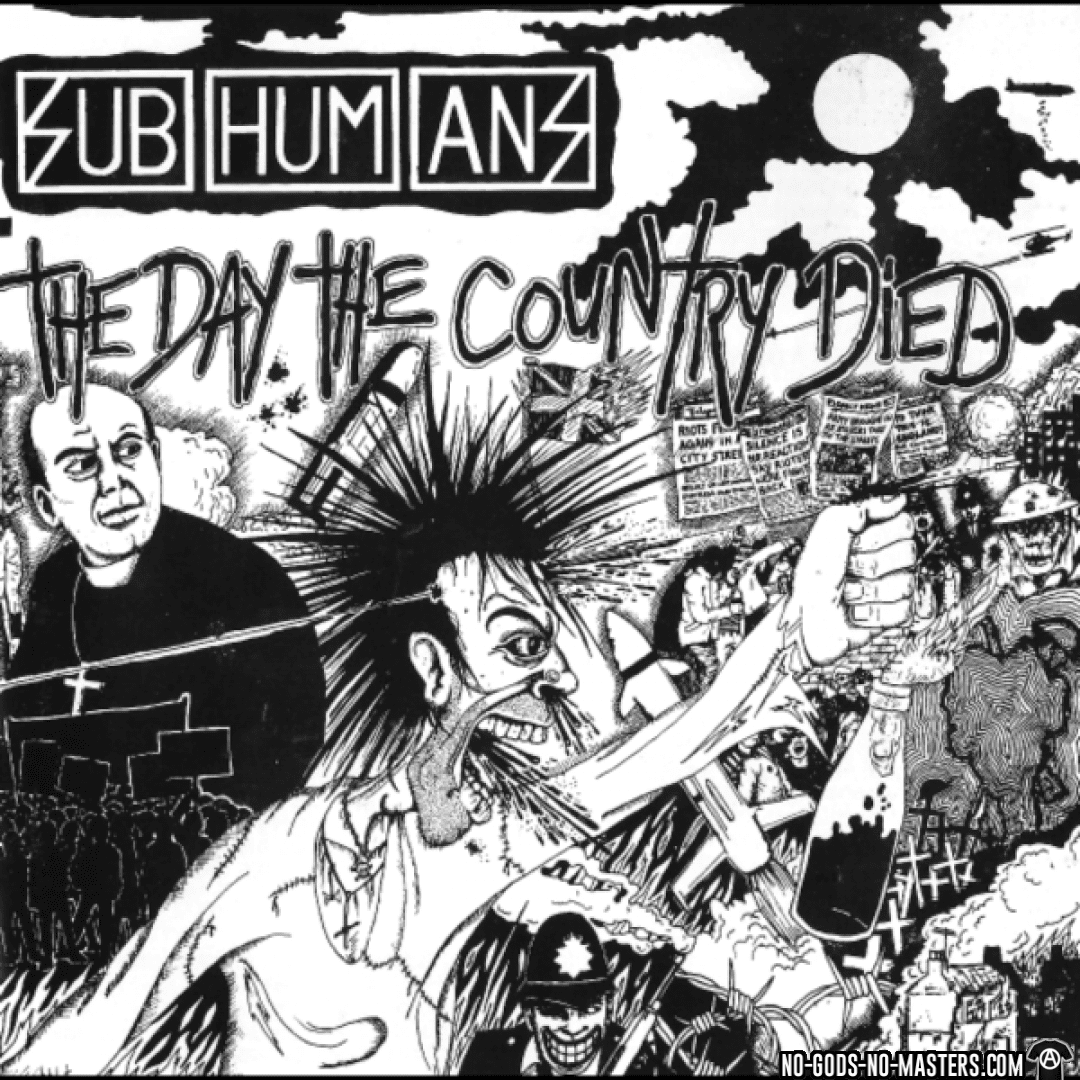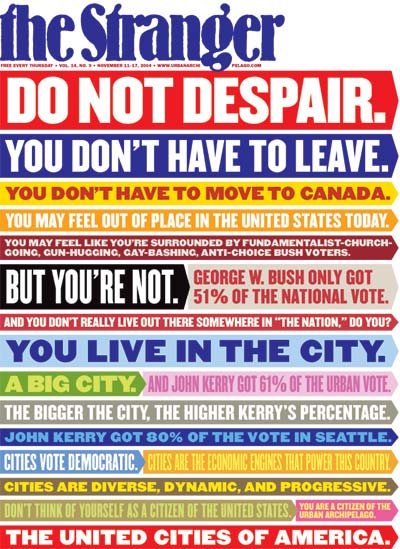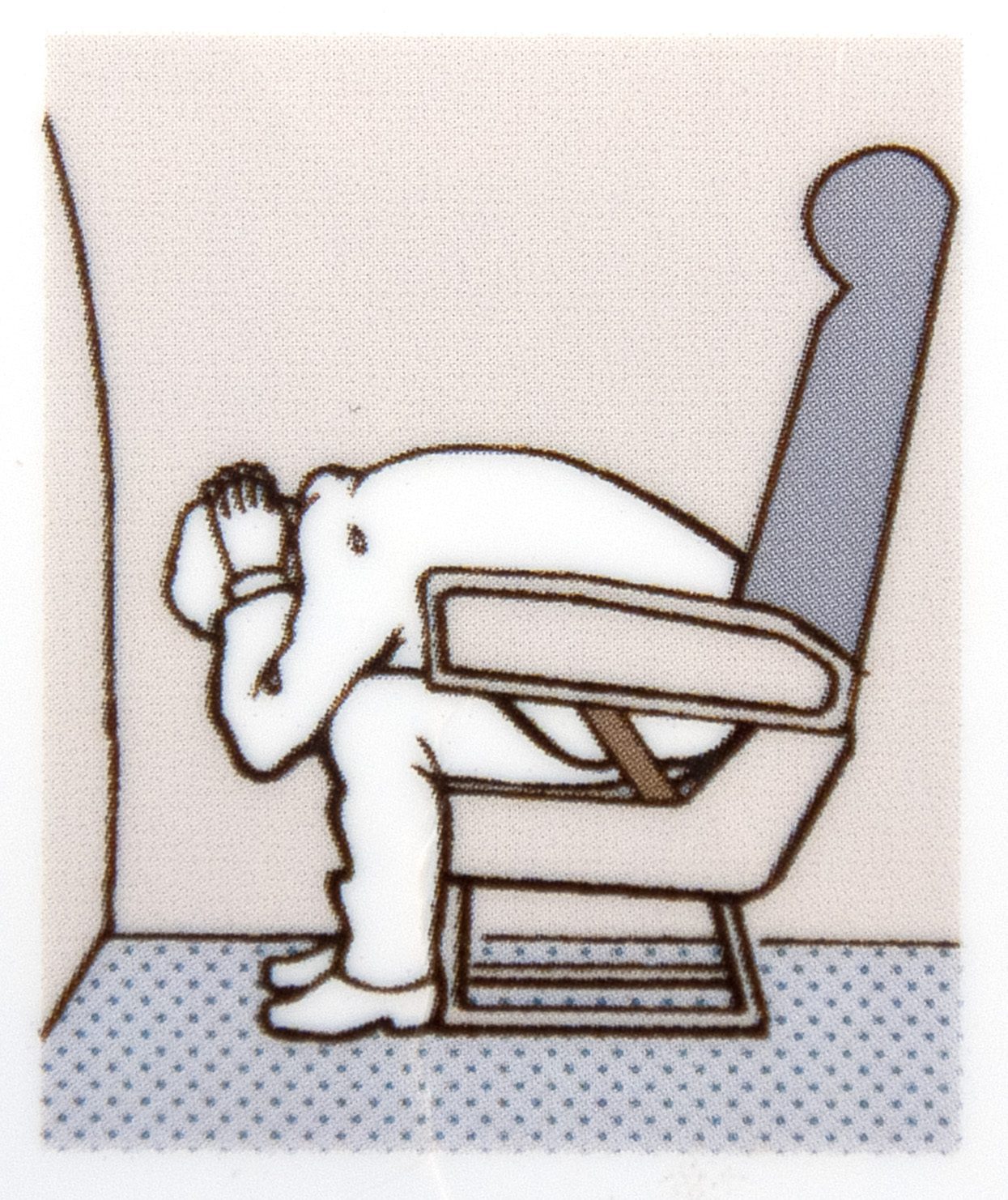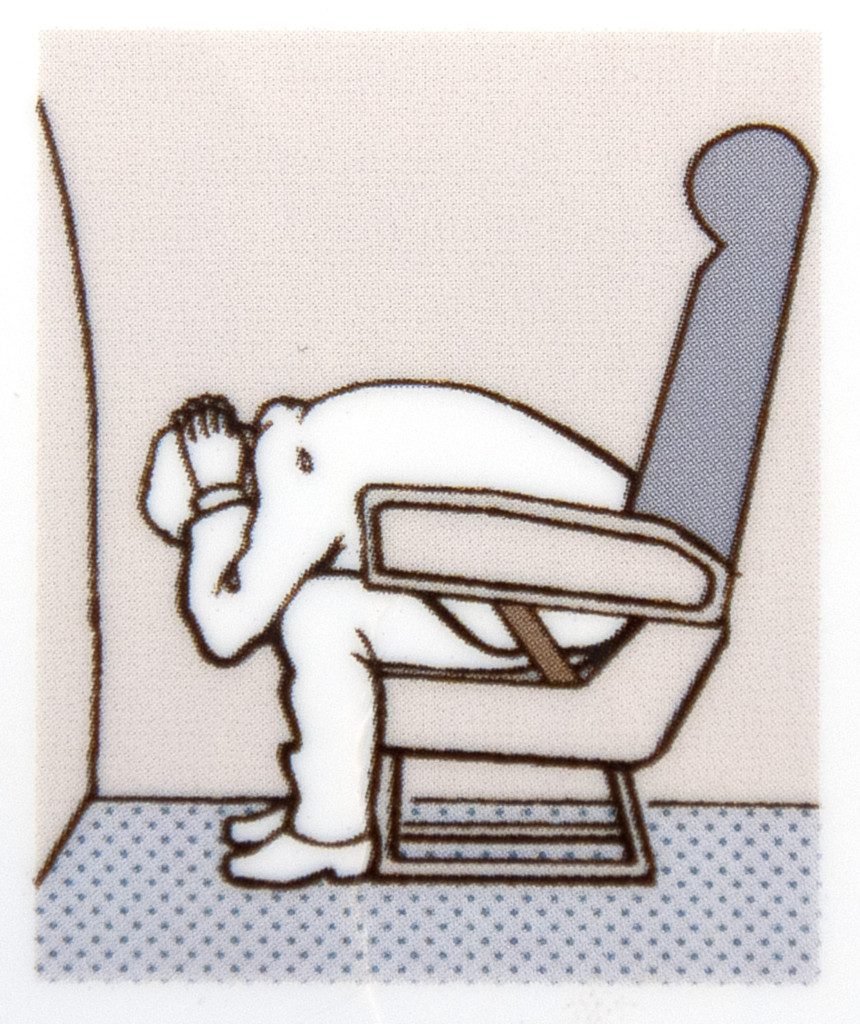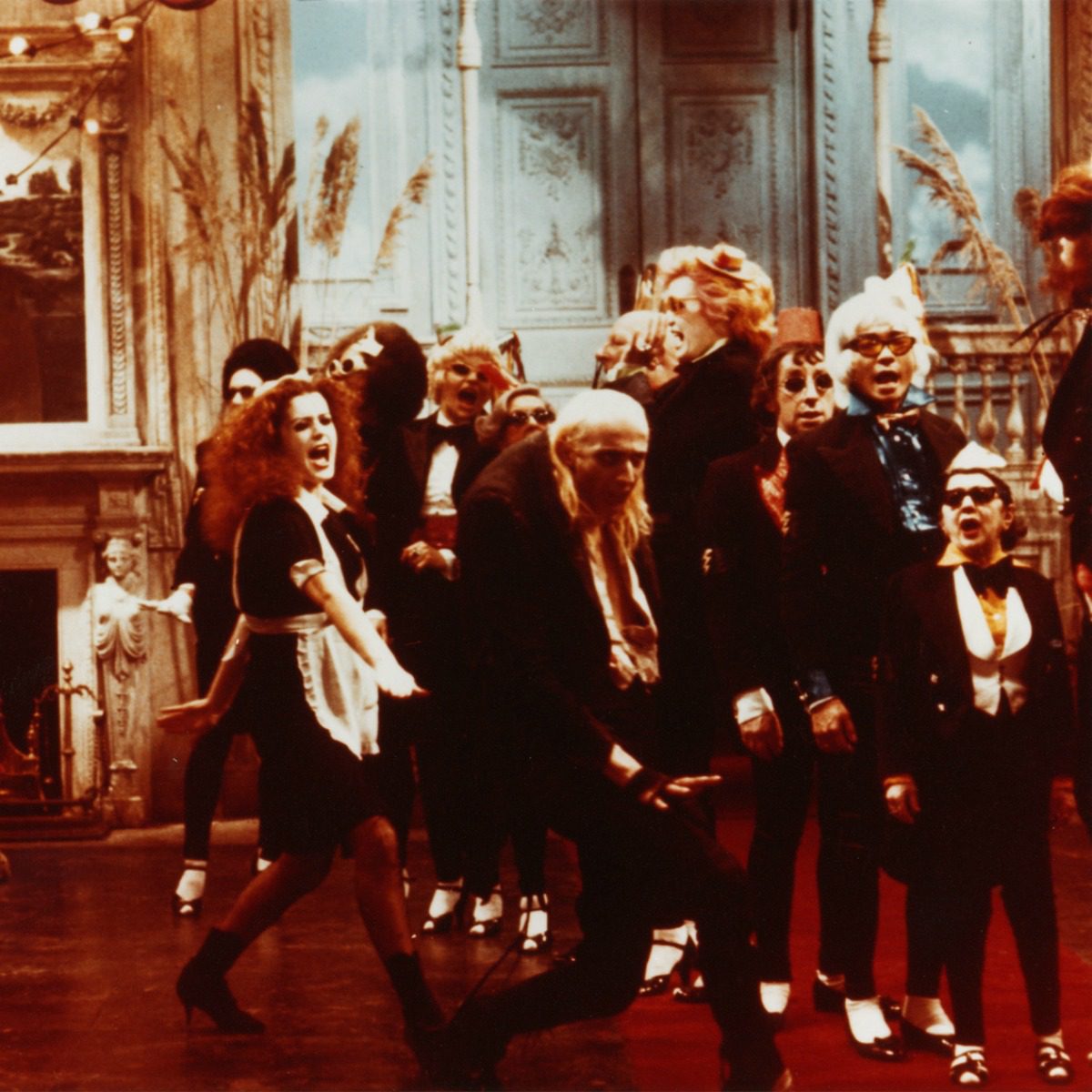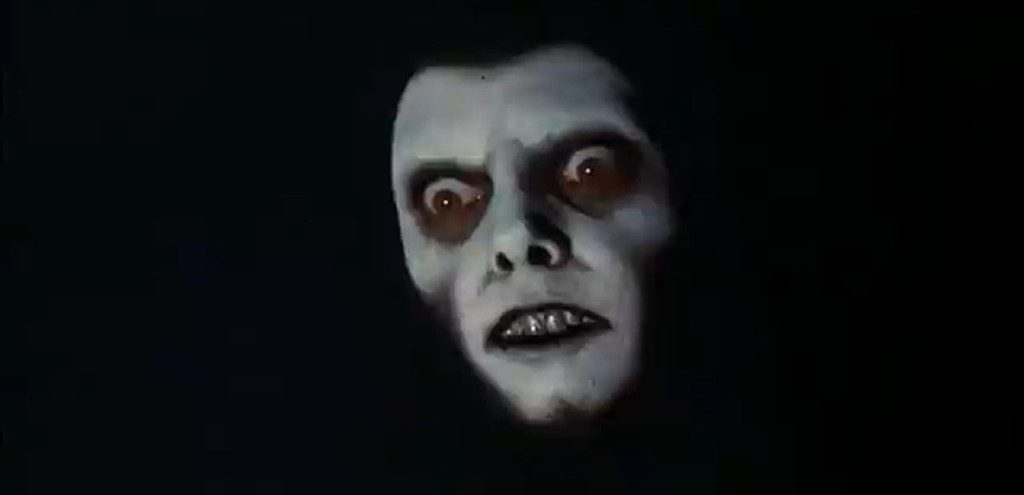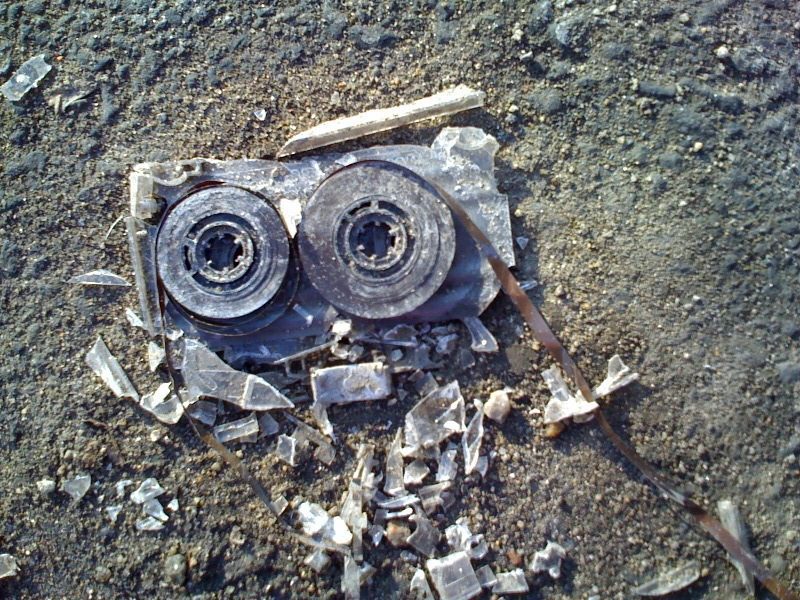

In a clever bit of self-effacing paid content, The Guardian’s Stephen Armstrong delves into the mixtape vs. playlist debate – on the behalf of Spotify. While I’m no fan of sponsored content on principle, I have to admit that the piece is well written and funny, and it poses an interesting question: “Were Mixtapes Better Than Modern Playlists?” Although I make them on a regular basis to accompany cheeky articles of my own, I’ve had a tenuous relationship with playlists… especially as services like Pandora and Spotify have rendered the medium.
Like me, Armstrong doesn’t sound entirely sold on the idea of playlists besting good old fashioned reel-to-reel. He waxes nostalgic, saying that with mixtapes the “maker controlled the rise and fall, the moods and motion. It was a democratised concept album with a very particular, personal story.”
Though wooed by Armstrong’s prose, I can’t help but smirk at Spotify’s cunning little bit of advertisement. It is almost as if the streaming platform is saying, “We would never deny the importance of analog compilations, which do have so much heart… but click here to start a FREE 30 day trial of unlimited music now!” And yet so far in Armstrong’s piece, the brand has made no clear advances on the reader. It lays back, sponge bathing in irony.
I begin to feel hypocritical. Who am I to resist an op-ed in which a middle-aged man speaks fondly of music ephemera? No one, to be exact. But then I smell the marketing; “Playlists, conversely,” Armstrong insists, “allow us to luxuriate in the infinite possibilities of self-expression.”
There it is: the hook. The heart of the paid content, if you will.
“Self-expression.” Everyone keeps talking about “self-expression;” ways to convey your “truest self ” – which of course can be done through products. And to an extent, I get the hype. Babies are practically born with a brand these days. Clip the umbilical chord, measure and weigh, make it an Instagram account. “You need to work on your personal brand” was something I heard relentlessly in college. “Do you have a logo?” is something I was asked the other day.
But must this corporate branding creep into every aspect of our lives? When it comes to fusing music and personal marketing, I just can’t get into it. For me, enjoying and sharing music has never been about “self-expression” (whatever that means) or at least not since I was 13 and wanted the whole world to know that I was VERY punk rock.
In fact, music has always offered me the exact opposite of self-expression. It has been a borrowed skin to step in – something that placed my problems into the hands of great poets and sufferers who might better know what to do with them. Sometimes these deities presented answers, other times, simply a new noise to embrace.
“My mixtapes were usually made for one person,” Armstrong continues, “– a girl I was trying to snog. It was a carefully curated voyage through an idealised version of my soul and included more than a few tracks that I didn’t actually like but thought would impress her. Like anything by The Smiths. They were love letters, in other words, as painful to hear as any adolescent poetry.”
I’m amused and appreciative of his honesty, and (very) British self-deprecation. However, when I made mixtapes as a kid, they weren’t forms of self-expression, nor self-idealization. They weren’t even for another person…they were for me. These were consolatory notes-to-self, because there certainly weren’t any Stephen Armstrongs writing me love letters on the J cards of Maxell C90s. I wrote love letters to myself from imaginary suitors, instead. It would be years before I received my first mixtape from a boy, and by then I no longer had a cassette deck (I still haven’t listened to it).
The closest thing I ever received to a mixtape was more in sync with my generation – a mix CD. Only a few weeks into dating my first serious, post-high school boyfriend – let’s call him Mark for privacy reasons – I was gifted a silver platter with the words “For Madison” scrawled upon it in sharpie. Its contents were love songs; the kind my tween heart longed for years prior. Mark’s mix opened with Lou Reed’s “Perfect Day,” which bowled me over with its measured melodrama.
It continued with Edwyn Collins’ “A Girl Like You,” Billy Paul’s “Me and Mrs. Jones,” and “Golden Years” by David Bowie, each song making a downy nest in my brain. It was an impressive compilation, and an important marker in our courtship. I’d like to say that being moved by a man’s swell musical taste is something I left behind in college, but that would be a bald-faced lie. Years later I am able to hear songs like “Oh Yoko” and My Bloody Valentine’s “Sometimes” without thinking of Mark’s sonic love letter – but I’ll never forget how I first heard them.
And that is something a Spotify playlist can’t stack up to – that nerve connectivity to real events that happened in real life.
Scrolling through Spotify’s human-and-algorithm curated “Genres & Moods” playlists, I can’t help but be reminded of box hair color. Names like “Poolside In Your Mind,” “Lazy Chill Afternoon,” and “Sunshine Smoothie” bring to mind as much soul as Feria’s “Chocolate Cherry” and “Power Copper” hues. It is copy – as far from a love letter as words could run.
The description for the “Early Grey Morning” playlist (which I originally read as “Earl Grey Morning”) is particularly barfable:
“A warm, tasty cup of tea and this soothing mix playing in the background will have you well on your way to a perfectly harmonious morning.”
Am I the only person who finds this creepy? Am I an incorrigible curmudgeon? Do I hate tasty cups of tea and harmonious mornings? Not inherently, but there is an issue of sincerity here. For instance, I would love to meet the person who actually clicks on the “Broken Heart” playlist post breakup. “You know what I need right now?” they might think. “A corporate curator’s perspective on my rejection.” No – the pre-fab playlist seems all too impersonal for a sap like me. Where’s the conversation in a title like “A Mellow Indie Odyssey”?
What does one talk about in, say, a coffee shop – the last bastion of IRL human interaction?
I can assure you that we music nerds desperately seek ways to talk to other people about music. We pray for the moment someone will notice our t-shirts on the subway, and strike up a convo about Bauhaus. Our roommates, families, even best friends don’t want to hear about the latest Nick Cave record, so where can we turn? Even at gigs, places that confirm we are all there for the same band, you’d be hard pressed to actually chat with someone (in New York at least).
So when you enter a coffee shop, and a great, unknown song is playing – a song, that could only have been selected by the sole employee in the establishment – a captive employee, who cannot runaway from your prodding questions, as they are trapped behind a very small counter, you ask, all too eagerly: “WHO IS THIS SONG BY? IT’S REALLY GOOD!”
The barista blinks. Shifts their vision from side to side, perhaps pondering an escape route. You lock eyes; aware that you are about to partake in the most fulfilling music banter you’ve had since you got into that argument with a subway busker about ABBA. “Um. I dunno,” they reply. “It’s a Pandora station.” They lean back after shoving a mug in your hand. The little latte heart they’ve crafted is broken in two.
A line from Armstrong’s article might drift into your head around then:
“These days, playlists are rarely true love letters.”

